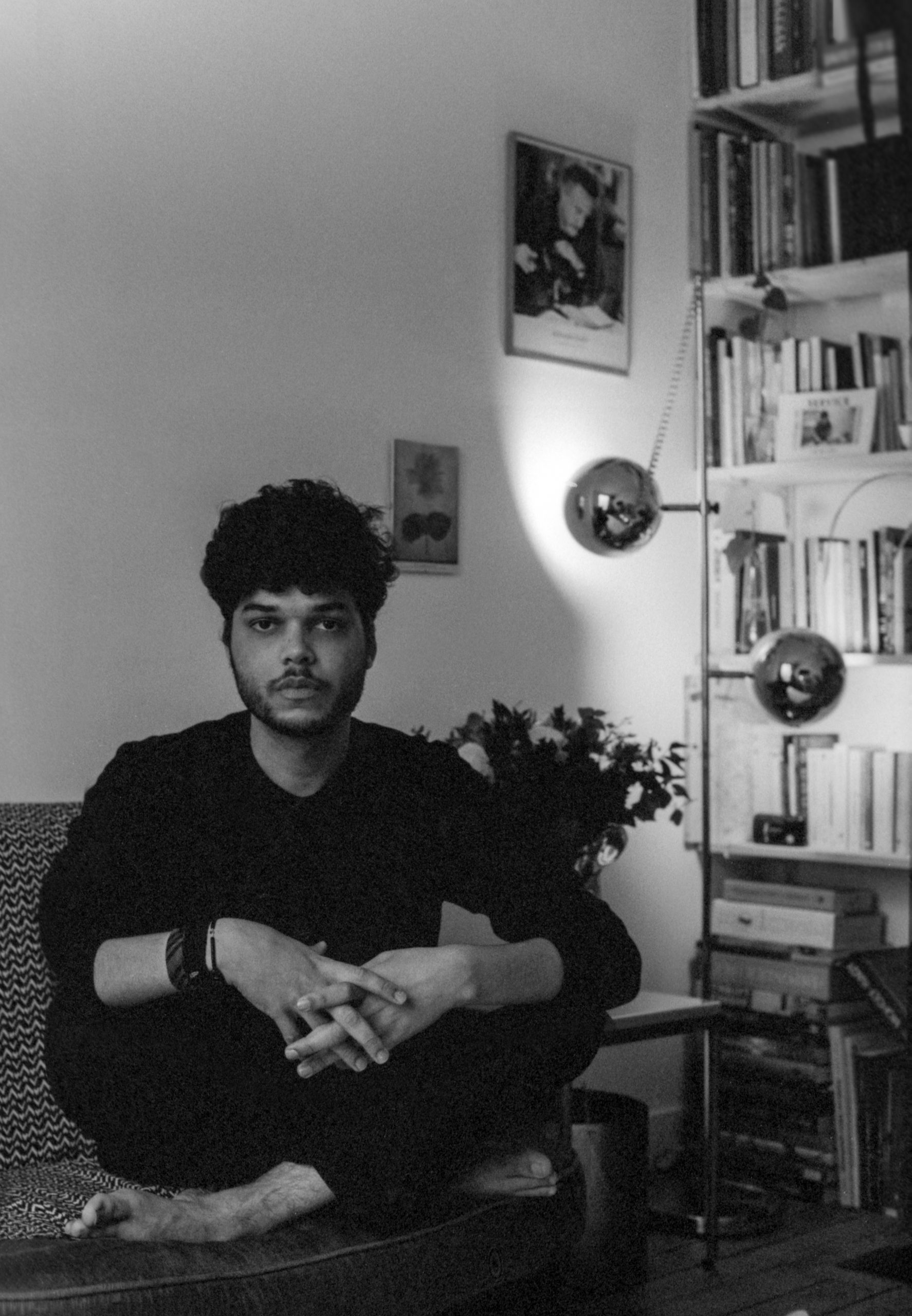
Henri Badaröh is a Brazilian visual artist, writer, curator and editor. Badaröh’s language of choice is subversion and nonconformism, to reach a more inclusive way of working with art and politics whilst taking a stance on the powers that be. Through queer, decolonial and intersectional approaches, he focuses on the dialogues between photography and film, analogue creative practices and new media, image and the written word, Europe and America. Badaröh completed a Masters degree in Film and Photographic Studies at Leiden University, after completing a BA in Photography in his hometown of São Paulo. He lives and works in The Netherlands.